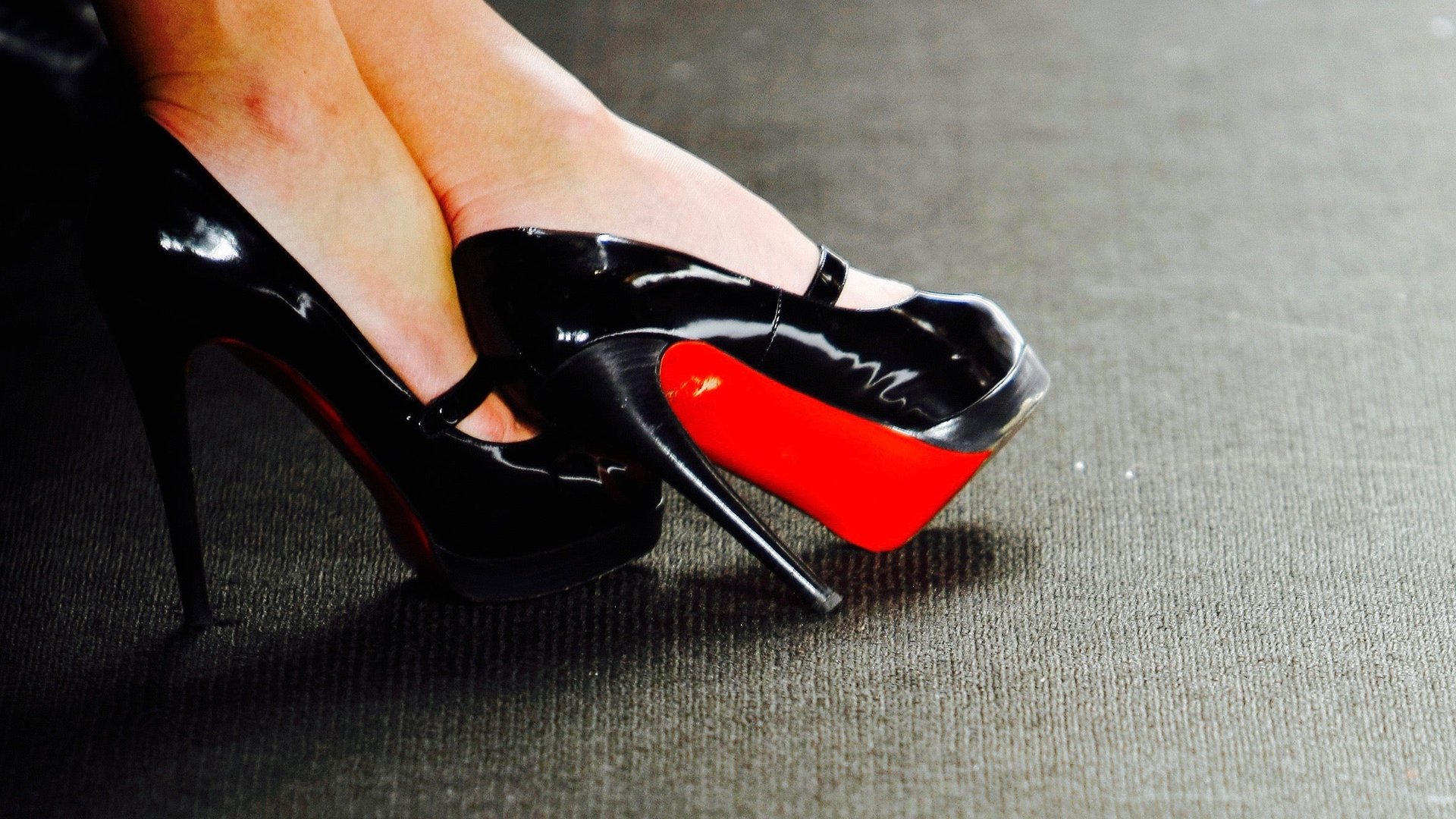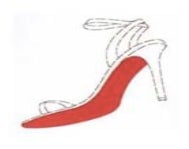Christian Louboutin’s Zen koan: When is a color a shape?
The Christian Louboutin red-soled, high-heeled shoe is so beloved and well-known it generates odes. In the immortal words of Cardi B, “These expensive, these is red bottoms. These is bloody shoes.” But the luxury brand’s distinguishing mark, a red hue known as Pantone 18 1663TP—used on the underside of its shoes since 1992—is the subject of a legal dispute which could leave Louboutin scrambling to stand out.


The Christian Louboutin red-soled, high-heeled shoe is so beloved and well-known it generates odes. In the immortal words of Cardi B, “These expensive, these is red bottoms. These is bloody shoes.” But the luxury brand’s distinguishing mark, a red hue known as Pantone 18 1663TP—used on the underside of its shoes since 1992—is the subject of a legal dispute which could leave Louboutin scrambling to stand out.

In 2012, Louboutin sued the Dutch brand Van Haren, which was making red-soled heels, for trademark infringement. This week (Feb. 6) the European Court of Justice issued an advisory guidance to the Dutch court, stating that shapes, like a shoe sole, are functional design elements and they can’t be protected as trademarks. For a mark to belong to someone, it must be a distinct “badge of origin” and that trademarked element can’t really do anything besides branding or signaling.
“A trademark combining color and shape may be refused or declared invalid on the grounds set out under EU trademark law,” the ECJ said in a statement statement. It explains that ECJ Advocate General Maciej Szpunar has “doubts as to whether the color red can perform the essential function of a trademark, that of identifying its proprietor, when that color is used out of context, that is to say, separately from the shape of a sole.”
In other words, if you saw a coffee mug painted in Pantone 18 1663TP, you wouldn’t think “Louboutin.” Under the principles of intellectual property law, distinguishing marks cannot be functional beyond their signaling strength, and it’s hard to claim a color alone signals a brand. The ECJ says Pantone 18 1663TP is only “Louboutin red” when it’s painted on the sole of a shoe—which is functional. Further, the ECJ notes that it may not be in the public interest to validate such a mark because it’s highly restrictive on other businesses.
There could be other ways for Louboutin to make a case for its trademark. For example, in a similar trademark-violation case the company filed in the US, against Yves Saint Laurent (pdf), Louboutin’s mark was recognized as having acquired distinction through both the color and its contrast to the upper shoe. In that case, Louboutin argued its trademark isn’t just Pantone 18 1663TP, but the contrast between Pantone 18 1663TP on the sole and the color of the upper shoe. Unlike “color and sole shape,” “color and contrast” isn’t functional—but it is more than just a color, and the brand became recognized for it. The US courts ruled that Yves Saint Laurent could make a shoe that was entirely Pantone 18 1663TP, but could not make a shoe with Pantone 18 1663TP soles and a contrasting upper.
The Dutch court considering the validity of Louboutin’s trademark doesn’t have to listen to the ECJ guidance. But if it does, soon everyone could be selling red-bottomed shoes. That ensuing European glut could, in turn, jeopardize the Louboutin trademark in the US because it will be hard to maintain claims of exclusivity when designers are selling footwear that’s indistinguishable elsewhere.
That surely has Louboutin seeing red—or, rather, seeing Pantone 18 1663TP.